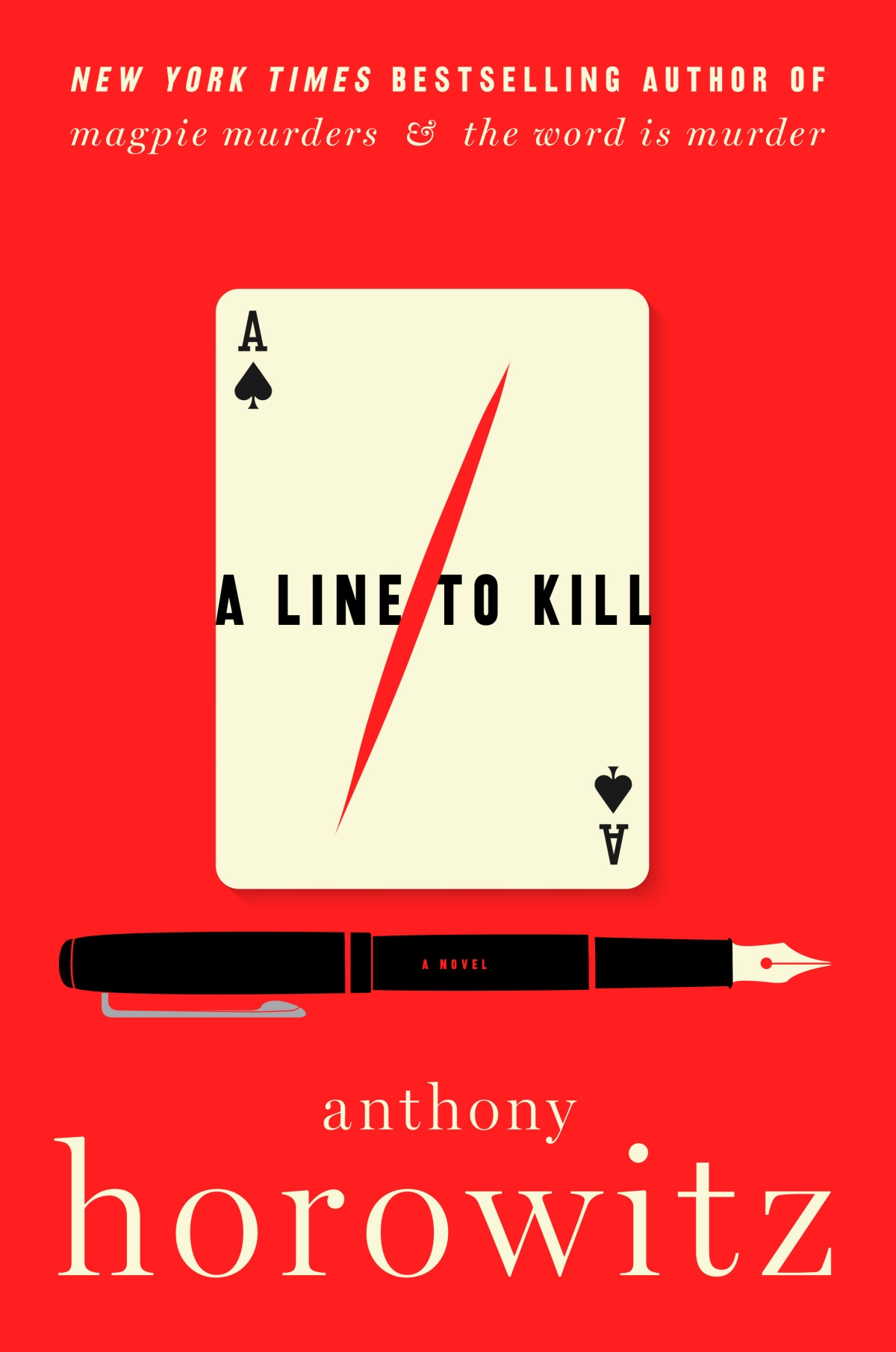Only six or so when she started helping out in the kitchen, Tiffani Thiessen grew up in a family where dinners were a gathering time to enjoy great cooking and conversations. She upped her game from traditional American fare when she and other stars from “Saved by the Bell” toured in Europe.

“It definitely impacted me,” says Thiessen who played Kelly Kapowski on the hit TV show and was 16 at the time. “I learned all about wine, cheese and all types of different foods when we traveled in France, Italy and Holland.”
This love of food and conviviality was so intense that though Thiessen continued with her acting career (she was Valerie Malone on “Beverly Hills 90210” and starred for four years in the series “Alexa & Katie”), she also segued into cooking, hosted both the long running “Dinner at Tiffani’s” on the Cooking Channel and now“Deliciousness,” the MTV show that looks at food blunders, restaurant fails, and other funny food and drink moments. As if that wasn’t enough to keep any mom of two young children busy enough, Thiessen spent three years writing Pull Up a Chair: Recipes from My Family to Yours (Houghton Mifflin Harcourt $30), which was released several years ago but remains as fresh and innovative, warm and inviting as ever.
Describing cooking as therapeutic as well as artistic and creative, Thiessen’s recipes include new dishes, those she collected through the years and family favorites, some that she tweaked including her mom’s beef stroganoff which the family ate once a week when she was young.

“I wasn’t a big fan,” says Thiessen, adding that her mom’s stroganoff was very traditional and included stirring sour cream in at the end so that it took on the appearance of dog food—her words not ours, Mrs. Thiessen. Tiffani’s tweaked it into a beef and mushroom Stroganoff with creamy polenta, spinach and a touch of brandy. The sour cream is served on the side.
Did that hurt you mom’s feelings? I ask.
“No, I have one of the most supportive families,” she says.
There’s also a cowboy twang to some of her dishes such as the short rib beef enchiladas and three cheese queso, since husband Brady Smith is a meat-loving Texas boy. Her son Holt gobbles up her mac and cheese and Thiessen says Harper her eight-year-old daughter loves to decorate pizzas.
“I don’t think of myself as anything but a home cook and my recipes are easy but everything I cook is with love and passion and that’s what Pull Up a Chair is all about,” says Thiessen, who, during our phone interview, calls me sweetheart and dear.
That friendliness as well as the sumptuousness of her cookbook—125 recipes and lots of full page color photos of both luscious-looking food and family (and yes, her husband is handsome and her children adorable), makes me long to get an invitation to dine at her house.
Since that won’t be happening, I did a little pre-interview stalking watching videos of Thiessen cooking in her kitchen and then displaying part of her cookbook collection.
“I love cookbooks, I love the look, the aesthetics of them” she says when I mention my sleuthing. “Most people I’m close to would say I have a problem. I don’t use some of them that much, as my husband points out, but there’s just something I like about having them around.”
I can identify with that having heard similar comments from both my husband and daughter. Another reason to get that dinner invitation. But until then, I have the cookbook and can create the recipes in my own home.
Pickle & Potato Salad
Serves 6
- 1½ pounds tricolored small potatoes
- 1½ teaspoons kosher salt, plus more for the potatoes
- ½ cup mayonnaise
- ¼ cup chopped sweet pickles
- 3 tablespoons pickle juice (from the jar)
- 1 tablespoon yellow mustard
- ¼ teaspoon freshly ground black pepper, plus more to taste
- 5 hard-boiled eggs, peeled and chopped
- ½ medium red onion, thinly sliced
- 2 tablespoons chopped fresh parsley, for garnish
- Paprika, for garnish
Place the potatoes in a large pot and add enough cold water to cover them by 1 inch and a generous pinch of salt. Bring the water to a boil over medium-high heat and cook until the potatoes are fork-tender, 20 to 25 minutes. Drain the potatoes and let them rest until they’re cool enough to handle. Cut each one in half.
In a small bowl, mix together the mayonnaise, sweet pickles, pickle juice, mustard, salt, and pepper.
In a separate large bowl, combine the halved potatoes, eggs, and red onion and toss with the dressing. Taste, adjust the seasoning, and garnish with the parsley and paprika.
Honey-Ginger Chicken Wings
Serves 6 to 8
- ½ cup honey (preferably wildflower or mesquite)
- ¼ cup tamari or soy sauce
- 3 tablespoons toasted sesame oil
- 2 tablespoons grated fresh ginger
- 2 scallions, thinly sliced, plus more for garnish
- 3 garlic cloves, minced
- Grated zest and juice of 1 lime, plus more zest for garnish
- Kosher salt and freshly ground black pepper
- 16 chicken wings (about 4 pounds), tips removed, drumettes and flats separated
In a medium bowl, whisk together the honey, tamari, sesame oil, ginger, scallions, garlic, lime zest, lime juice, ¼ teaspoon salt, and ¼ teaspoon pepper. Reserve ¾ cup of the mixture in the fridge.
Pour the remaining marinade into a 2-gallon zip-top bag. Add the chicken and seal the bag, pressing out as much air as possible. Massage the marinade into the wings. Refrigerate for at least 6 hours, preferably overnight. Before cooking, let the wings stand at room temperature for about 2 hours.
When ready to cook the wings, preheat the oven to 400°F. Line a large baking sheet with parchment paper.
Remove the wings from the marinade, reserving the marinade. Season the wings with salt and pepper and place them skin-side down in a single layer on a large rimmed baking sheet. Spoon some of the marinade over them; discard the remaining marinade. Bake for 20 minutes. Remove from the oven and flip the wings, basting with the pan drippings. Rotate the pan and bake for another 20 to 25 minutes, until the honey has caramelized and the skin is a dark amber color.
In a small saucepan, bring the reserved ¾ cup marinade (from the fridge) to a boil over medium-high heat. Cook until the liquid turns into a thick, syrupy glaze, about 4 minutes.
Coat the wings with the glaze, arrange them on a serving platter, and garnish with scallions and lime zest.
These recipes are excerpted from Pull Up a Chair © 2018 by Tiffani Thiessen. Photography © 2018 by Rebecca Sanabria. Reproduced by permission of Houghton Mifflin Harcourt. All rights reserved.



















